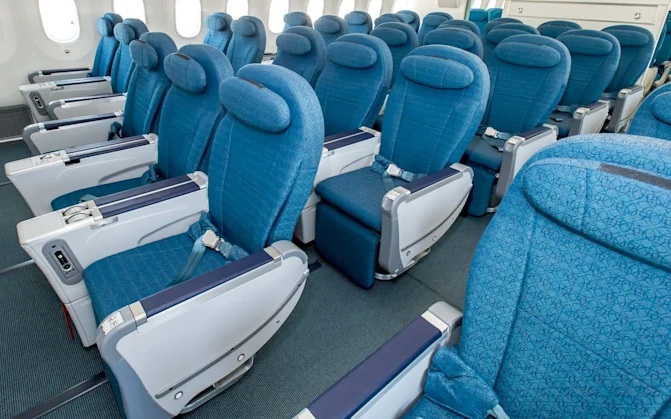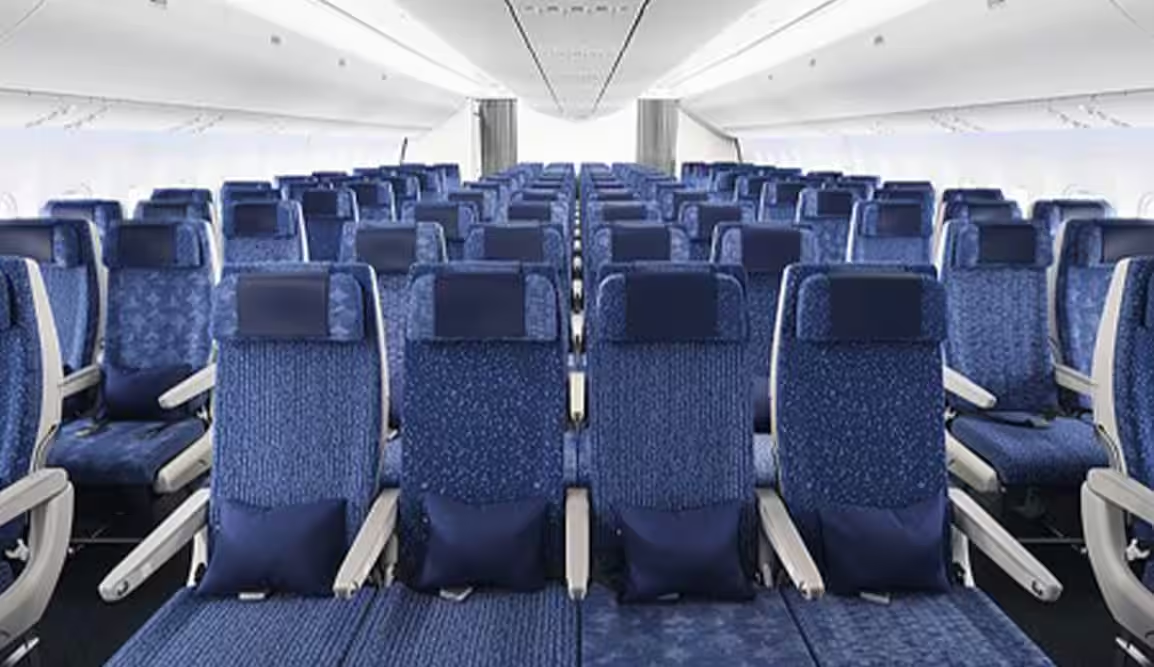By Steve Creedy
Published Thu Feb 22 2018
A passenger on a commercial airliner in 2017 would have needed to fly every day for 6,033 years before experiencing an accident in which at least one person was killed.
That’s the comforting risk assessment contained in a new analysis of safety data for the year by the International Air Transport Association.
The analysis shows the commercial industry reduced its major jet accident rate to one hull loss, where the plane is written off, every 8.7 million flights.
Read: The top 20 safest airlines.
This underscored an improvement in air safety which saw the overall accident rate come in at half the five-year average (2012-16) for the 4.1 billion passengers on 41.8 million flights in 2017.
IATA requires an aircraft to have sustained major structural damage worth more than $US1 million or 10 percent of its hull reserve value to qualify as an accident.
It looks at planes with the maximum take-off weight of at least 5700kg engaged in commercial aviation activities other than executive jet operations, training and maintenance/test flights.
The “all accident” rate per million flights was 1.08, down from 1.68 in 2016 and a big improvement on than the five-year average of 2.01.
The 2017 major jet accident rate ts of 0.11 per million flights was down from 0.39 the previous year and again an improvement on the five-year average (2012-16) of 0.33.
The global turboprop hull loss rate of 1.30 per million flights was a deterioration from 1.01 in 2016 but still better than the five-year rate of 2.18.
There were six fatal accidents with 19 fatalities among passengers and crew compared to the -year average of 10.8 fatal accidents and 315 fatalities per year.
And, as previously revealed by a separate analysis from the Aviation Safety Network, none of the six fatal accidents involved a passenger jet.
Five were turboprop aircraft and one was a cargo jet crash that killed 35 people on the ground.
The news was even better for IATA members, who experienced zero fatal accidents or hull losses in 2017 involving either jet or turboprop aircraft.
The accident rate of carriers participating in an industry safety program known as the IATA Operational Safety Audit (IOSA) was almost four times better than that of non-IOSA airlines.
Check out our airline and safety ratings.
The results prompted IATA director general Alexandre de Juniac to brand 2017 “a very good year for aviation safety”.
“We saw improvements in nearly all key metrics—globally and in most regions,’’ he said in announcing the figures. “And our determination to make this very safe industry even safer continues.
“In 2017 there were incidents and accidents that we will learn from through the investigation process, just as we will learn from the recent tragedies in Russia and Iran.
“Complementing that knowledge are insights we can gain from the millions of flights that operate safety.
“Data from these operations is powering the development of predictive analytics that will eventually enable us to eliminate the conditions that can lead to accidents.
“The industry knows that every fatality is a tragedy. Our common goal is for every flight to take-off and land safely,”
The statistics show there four jet hull losses and nine involving turboprops.
The Commonwealth of Independent States continued to have the highest jet hull loss and turboprop accident rate, although both were better than last year. The jet hull loss rate was 0.92 per million departures while the turboprop rate was 16.44.
Africa, which had no jet hull losses, recorded a turboprop hull loss rate of 5.7 per million departures.
“Airlines in Sub-Saharan Africa continued to improve their safety performance,’’ de Juniac said. “The goal is to achieve world-class safety.
“For a second year in a row, airlines in the region experienced no passenger fatalities and no jet hull losses. But there is still a large gap to cover in the safety performance of the continent’s turboprop fleet.”
So far this year, there has been one fatal accident involving an ATR-72 turboprop in Iran and another involving an AN-148 regional jet in Russia.









